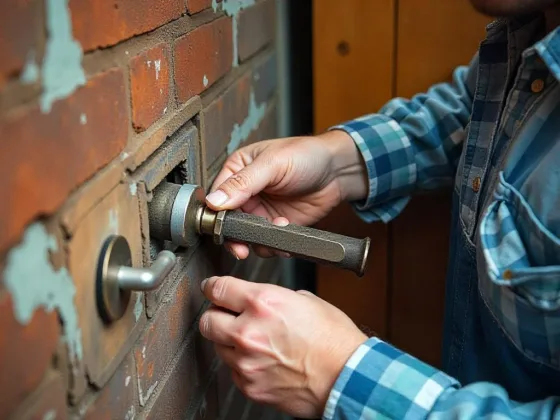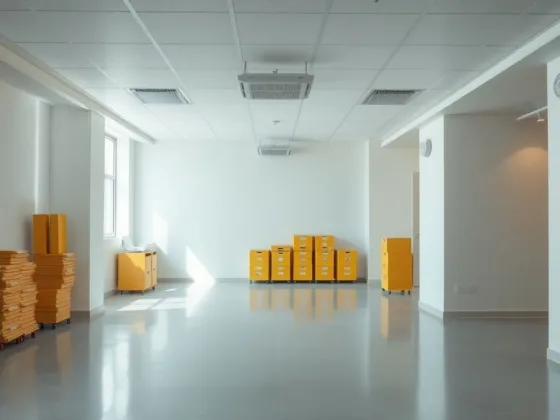Table of Contents Show
Line pumping is a process of delivering concrete to the construction site and is often used as an alternative to trucking materials. It is also known as an on-site pumping.
There are three major types of pumps: rotating screw, reciprocating piston, and centrifugal; each type has advantages and disadvantages.

There are few things more time-consuming than manual labor when it comes to it, which is why line pumping is so valuable and essential.
However, if you want to ensure the best results and save time, you must research the available options and pick the right one.
How does Line Concrete Pumping Works?
Line concrete pumping is a form of mechanized supply and delivery. It’s done via a continuous flow of small amounts of concrete or smaller pieces of material at a time pumped to the construction site or yard.
The pump is usually motorized, allowing it to carry out the operation continuously. Line pumping can be done manually or by employing an electric motor. If you are interested, you can know more at concretepumpingauckland.co.nz.
Uses Of Line Pumping
Line pumping is mainly used for the transportation or distribution of concrete. It can serve many purposes, such as in situ concrete production, concrete filling, concrete recycling, or even the replacement of broken pipelines.
It’s also used for the long-term storage of materials on the construction site. There are many projects where concrete line pumping is used for effective results.
Read Also:
Roads & Footpath Construction
This is the most common type for concrete line pumping and is most commonly seen on construction sites. It can be used for large-scale projects involving footpaths and roads or residential construction.
Usually, a truck-mounted pump whose operation can be controlled via a remote control device does the pumping of the concrete.
Pipe Maintenance
Pipe systems consist of pipes transporting fluid from one place to another. When one or more of these systems is damaged or broken, it needs to be repaired or replaced before anything else can continue. For smaller-scale repairs and maintenance, it’s sufficient to use a small line pump.
Water & Sewage Treatment
Line pumping is also used in water treatment plants and sewage treatment plants for pumping materials needed for the processing. This way, there will be no need to transport the materials manually.
Slurry Transportation
Sewage may contain harmful waste material, which can be hazardous for both human beings and the environment if not properly taken care of.
Line pumping is relatively simple and quick, but you should check this information before committing. You need to ensure that the pump has been calibrated or adequately maintained.
If you do want to go the extra mile, there are a few things that you should look at before settling on any pump.
The first thing is speed; you want your line pumping unit to be as fast as possible so you don’t have to wait for more than an hour or two before it finishes its task.









